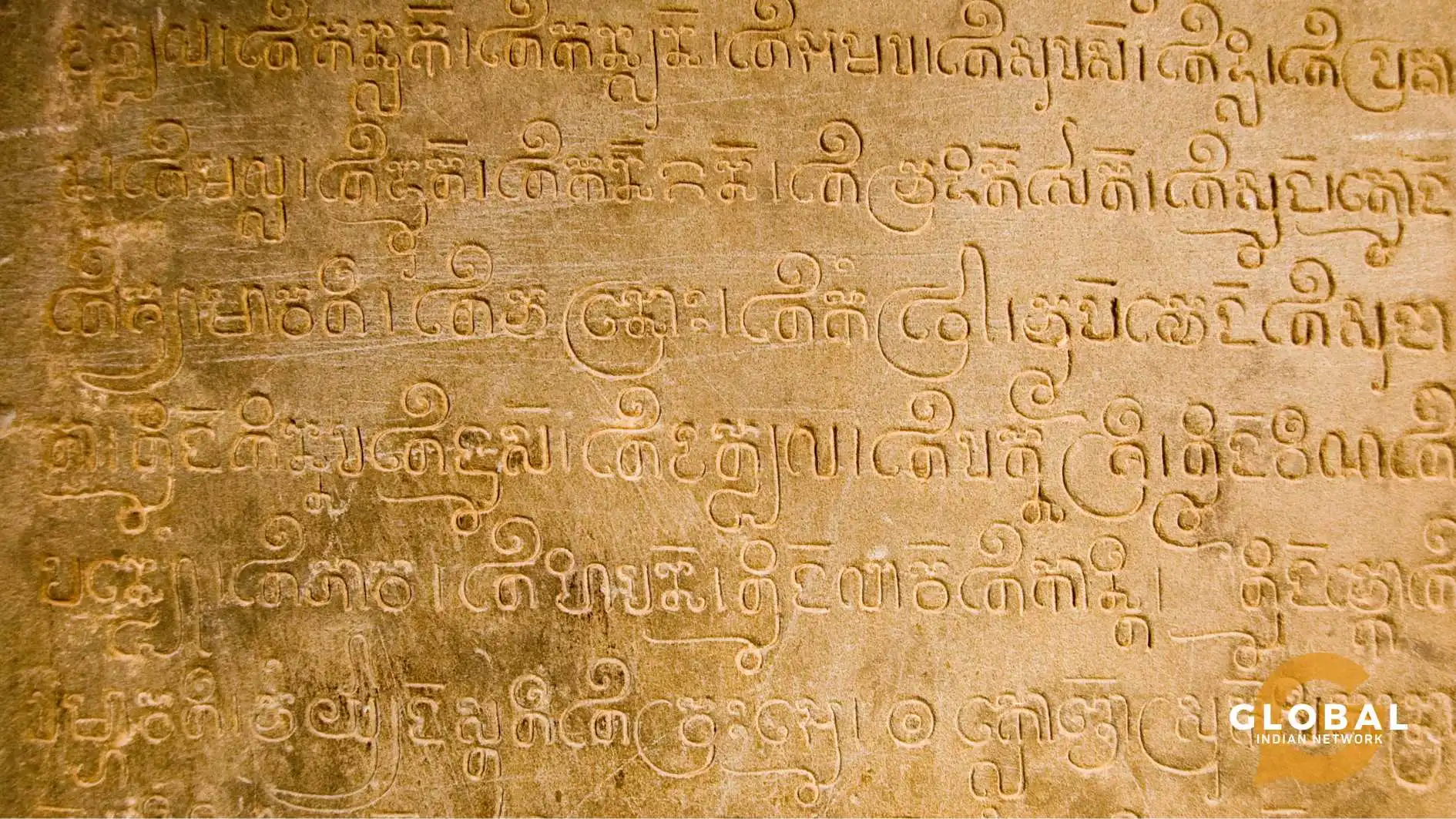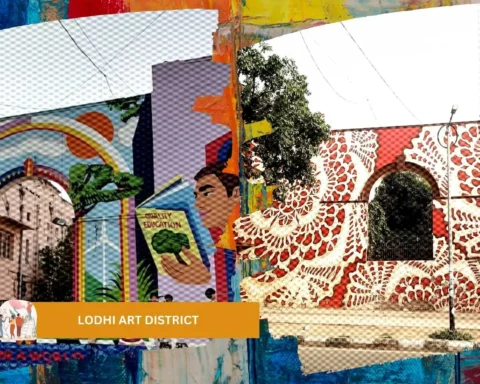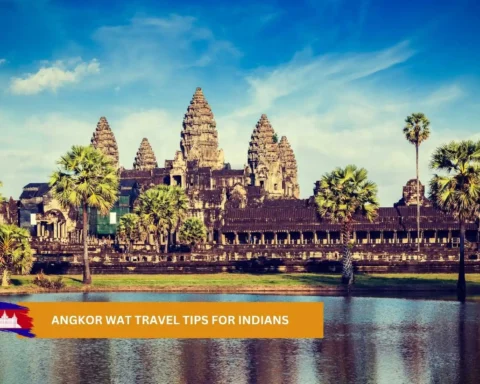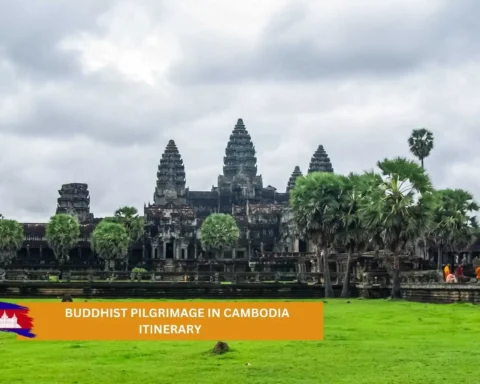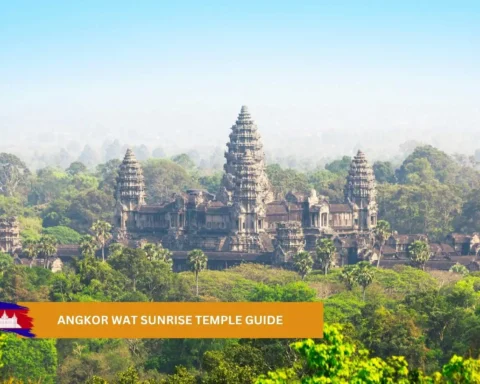India’s rich tradition of sacred writing and spiritual thought has influenced many cultures beyond its borders. Cambodia, home to the historic Khmer Empire, developed its own distinct identity, yet it also shared deep cultural ties with India.
The discovery of ancient texts in Cambodia, carefully carved into stone at temples and sacred sites, uncovers a fascinating connection between the two. These inscriptions show how Indian ideas and rituals once travelled across seas and took root in Cambodian society.
Today, ancient Indian texts found in Cambodia offer more than historical evidence; it reflects a time of open exchange and shared growth. These ancient Indian texts found in Cambodia are quiet yet lasting reminders of a cultural bond that shaped both civilizations.
Table of Contents
Ancient Indian Texts Found in Cambodia
Across Cambodia, from temple walls to isolated stone steles, archaeologists have uncovered hundreds of inscriptions written in Sanskrit, dating from the 5th to 13th centuries. These ancient Indian texts found in Cambodia are not full manuscripts but carefully chosen verses and declarations derived from Indian texts, Vedic hymns, Puranic stories, Dharmashastra principles, and epic references from the Ramayana and Mahabharata.
These inscriptions document religious offerings, land grants to temples, royal lineages, and ritual procedures. One of the most notable is the Sdok Kok Thom inscription, which recounts the history of a Brahmin family serving the Khmer kings, revealing how deeply Indian rituals were embedded in Cambodian royal life.
Unlike in India, where such content was written on palm leaves, Cambodia engraved its texts in stone, making them a permanent part of temple architecture. These ancient Indian texts found in Cambodia are crucial not only for what they convey but also for what they represent: a pivotal moment in history when Indian knowledge was absorbed, adapted, and preserved by another great civilization.

How the Cultural Link Emerged and the Role of Sanskrit in Khmer Society
Trade, Travel, and Transmission of Knowledge
The relationship between India and Cambodia didn’t start with conquest or colonization; it grew naturally over centuries through trade, travel, and shared spiritual ideas. As early as the 1st century CE, Indian merchants, priests, and monks traveled across the seas to Southeast Asia. Alongside spices and cloth, they carried rituals, philosophies, and Sanskrit texts.
Kingdoms like Funan and Chenla didn’t just adopt these ideas; they used them intentionally to strengthen royal authority, design temples, and guide religious life. The ancient Indian texts found in Cambodia demonstrate how Indian knowledge was appreciated and adapted to local culture rather than being copied.
Sanskrit as the Language of Power and Faith
As Indian influence grew stronger, Sanskrit emerged as the language of both spiritual and political power in Cambodia. Kings issued commands in Sanskrit, temples were consecrated with Sanskrit hymns, and stories from Indian scriptures were etched into stone for all to see.
Interestingly, many inscriptions were bilingual.
Sanskrit was used for divine and ceremonial matters, while Old Khmer served practical and administrative purposes. This mix demonstrates that Cambodia didn’t abandon its roots; instead, it blended Indian traditions with local identity. Every ancient Indian text found in Cambodia, written in Sanskrit, is a testament to the careful and thoughtful manner in which this cultural fusion was carried out.
Inscriptions as Evidence: Understanding the Texts and Their Lasting Value
The Sanskrit inscriptions found throughout Cambodia provide the clearest evidence of how deeply Indian ideas were adopted in Southeast Asia. These weren’t just religious texts; they included royal laws, dedications to temples, praise for gods, and moral teachings drawn from Indian philosophy.
What makes these writings so special is not just their content but their context. The ancient Indian texts found in Cambodia didn’t arrive by force; they were brought through peaceful exchange and kept alive through generations. Cambodian rulers and scholars didn’t just accept these ideas; they made them their own.
These inscriptions are reminders of a time when the world felt more connected through shared learning and mutual respect. They show that real influence isn’t about dominance; it’s about inspiring others and being open to transformation.
Why These Discoveries Matter Today
The rediscovery of these inscriptions helps fill in the historical gaps left by time. They show us that ancient India and Cambodia were not separate worlds but interconnected civilizations. Ideas, texts, and rituals moved across borders, shaping societies from within.
In today’s world, where cultural exchange is often debated or politicized, these ancient Indian texts found in Cambodia serve as a reminder that mutual influence can lead to shared growth. They highlight how civilizations evolve through cooperation, adaptation, and respect for knowledge rather than solely through conquest and domination.
Conclusion
The Sanskrit inscriptions preserved in Cambodia’s temples are more than just historical records. The ancient Indian texts found in Cambodia are a living memory of how India’s ideas travelled far and became part of something new and beautiful.
They demonstrate that intellectual and spiritual exchange, when conducted with respect, can shape societies for generations. As we rediscover and reflect on these texts today, we’re reminded that cultures thrive not by staying closed but by opening up to others and building something together.

FAQs
What is the famous ancient site in Cambodia?
The most famous ancient site in Cambodia is Angkor Wat, a massive temple complex built during the Khmer Empire.
What is the famous literature in Cambodia?
One of the most well-known pieces of Cambodian literature is the Reamker, a Khmer adaptation of the Indian epic Ramayana.
What is the ancient language of Cambodia?
The ancient language of Cambodia is Old Khmer, used in inscriptions alongside Sanskrit.
What script is used in Cambodia?
Cambodia uses the Khmer script, which evolved from the ancient Brahmi and Pallava scripts of India.




